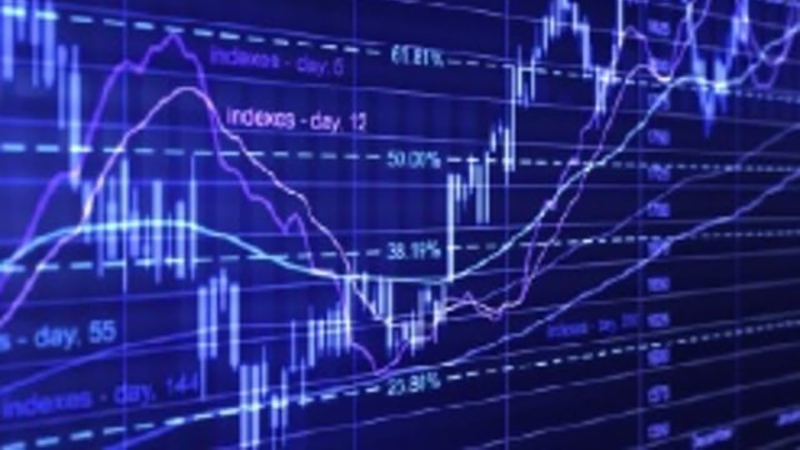By Darius McDermott, managing director of FundCalibre
After a strong year in 2023 for high yield (or ‘junk’ bonds), the debate has now moved on to ask if this can continue in 2024, or whether a setback is to be expected. Consensus is thin on the ground.
In large part this depends on your base case for the global economy. High yield tends to underperform when the economy heads into recession and stocks head into a bear market, because investors grow worried about rising defaults.
Recessions closely follow Fed hiking cycles and are inextricably linked to the end of a credit cycle. To date, the US economy has been fairly resilient.
Thomas Hanson, co-manager of the Aegon High Yield Bond fund, explained that “the high yield market has become more comfortable with the overall outlook recently, especially since the US Federal Reserve’s pivot towards the end of last year gave the market comfort we were at the top of the rate-hiking cycle”.
His view is that the high yield market still has room to perform in 2024, with the overall yield to worst (YTW) still attractive by historical standards at almost 8%.
That said, the current strategy for the Aegon High Yield Bond fund is to move up in quality, and favour European over US high yield on valuation grounds – in line with European investors themselves, who are opting for junk bond ETFs in home markets over US for the first time since 2019.
“Although this is now less compelling than it was given recent European outperformance”, Hanson added.
On the less optimistic flip side, Man GLG High Yield Opportunities fund manager Mike Scott said he is “starting to see the cracks appear” in the US that could upset the high yield apple cart.
See also: Cost disclosure: Treasury to consider streamlining AIFMD
He points to the number of US job openings per job seeker falling, and car and credit card delinquencies picking up. “We expect to see further deterioration from here,” Scott said, though he still believes there are “significant” opportunities to uncover value in high yield.
Separating the wheat from the chaff will come down to company fundamentals. Some businesses have less cushion to pay down their outstanding debts, and global corporate defaults surged in December.
Scott pointed out that defaults are still well below levels seen during the Global Financial Crisis in both Europe and the US. Though he did admit, on a forward-looking basis, that high yield investors “may be in for a bumpy ride”. He added that the market is pricing refinancing risks across the board, “some of which are justified, but not all”.
“Businesses with hard assets, such as those in the real estate sector, can typically sell those assets, raise new capital against them or dispose of them to manage their liquidity profile,” Scott said.
Scott also likes European high yield over US (he has his lowest weighting to the US in over a decade), for valuations and Europe’s lower exposure to cyclicals, with the US “dominated by oil and gas, chemicals and capital goods companies, which tend to have a high degree of fixed costs and are price takers”.
Financials are on his radar too, despite the stress of the insolvencies in the US and at Credit Suisse during 2023.
For Scott this has created mispricing “that does not consider the fundamental improvement we have seen from a large number of banks since the Global Financial Crisis”. Again, he prefers Europe’s banks over those in the US.
Taking the temperature of high yield from a multi-asset manager, who unlike their single asset counterparts, doesn’t have to invest in high yield, adds an extra lens through which to see the market.
See also: AEW Europe CEO Wilkinson: Why we took on beleaguered Home Reit
Jason Borbora-Sheen, co-manager of multi-asset income strategies at Ninety One (including its Global Income Opportunities fund), has reduced his high-yield exposure to almost zero.
“We have a preference for ‘coupon-like’ equities, such as infrastructure or staples businesses, whose income streams look much like that of a bond, but whose capital return streams provide more favourable upside,” he says.
The reason Borbora-Sheen gives is simple. Corporate yields relative to government bonds – the spread – are so low “it is little more than a coin-toss as to whether junk bonds under or outperform governments”.
“This leads us to have a negative view on high-yield as in recessions these bonds have lost more than a third of their value whilst their upside is capped (by the proximity of spreads to historically trough levels) in the best case environments,” he said.
Much is in flux in 2024, a record year for elections around the world, including, most significantly, in the US. The Fed sees risks from cutting rates too soon more than cutting too late. Current trends in underlying inflation point to a June cut, but a resilient economy could delay that outcome.
A choppy present outlook for some parts of the high yield market may not require long-term investors to write it off completely, however.
Over the 20-year period from October 2003 to September 2023, high-yield bonds were tied with US stocks in delivering the highest risk-adjusted returns of all major asset classes, according to Fidelity research.
Past performance is, of course, no predictor of future returns. But something to consider before making any portfolio changes that may appear rash in the rear view mirror.
See also: CCLA’s Corah and Berens: Why ESG funds need to raise the bar for their investors







